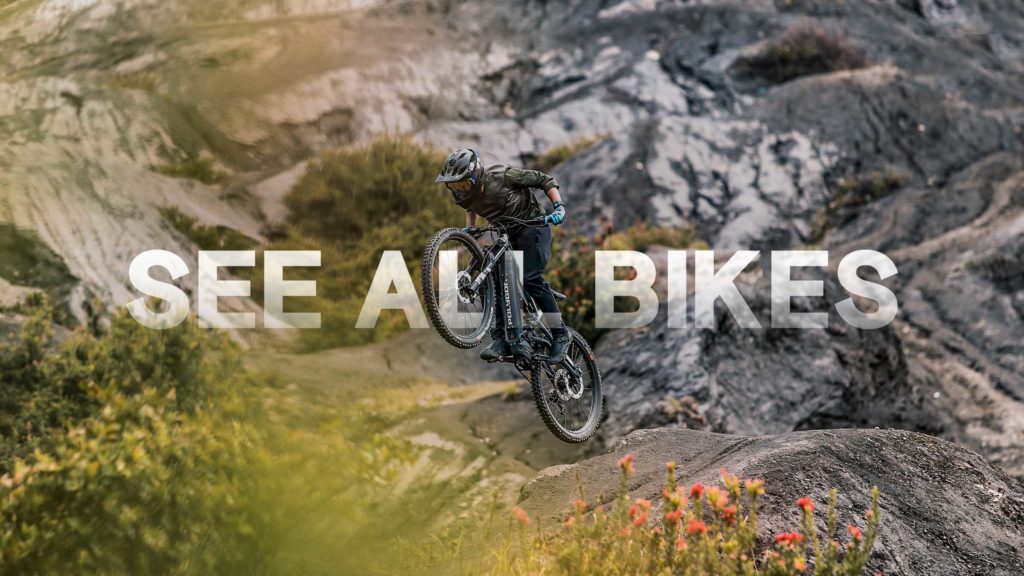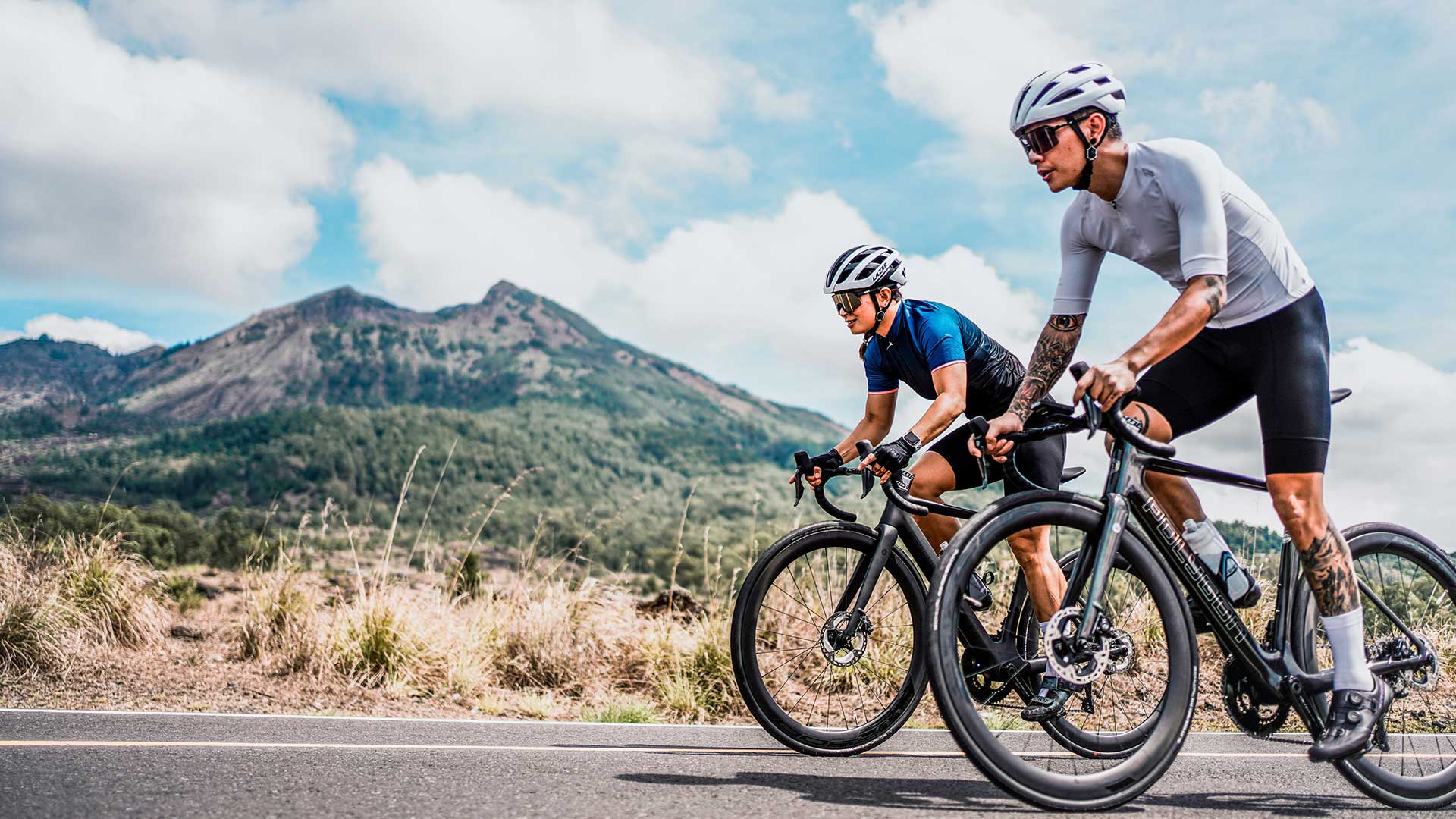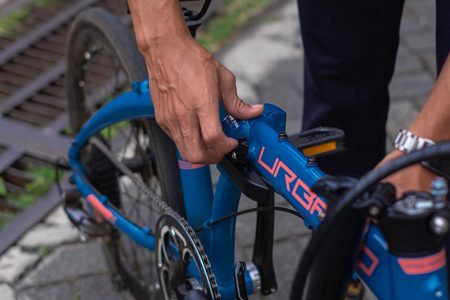What’s the Point of Choosing a Road Bike Helmet?
July 1, 2025 – When you first venture into cycling, selecting a helmet might seem straightforward – just pick one that fits, right? However, for road cyclists, the choice of helmet is a nuanced decision.
A road-specific bike helmet is designed to match the road bike’ speed, demands, and distance of riding on paved surfaces. It’s about more than just safety — it’s about performance, comfort, and riding smart.
In this guide, we’ll help you choose the ideal road bike helmet for your needs. Whether you’re a commuter, a weekend rider, or training for a race, this guide will point you in the right direction.
Step 1: Understanding Road Helmet Types for Your Riding Style
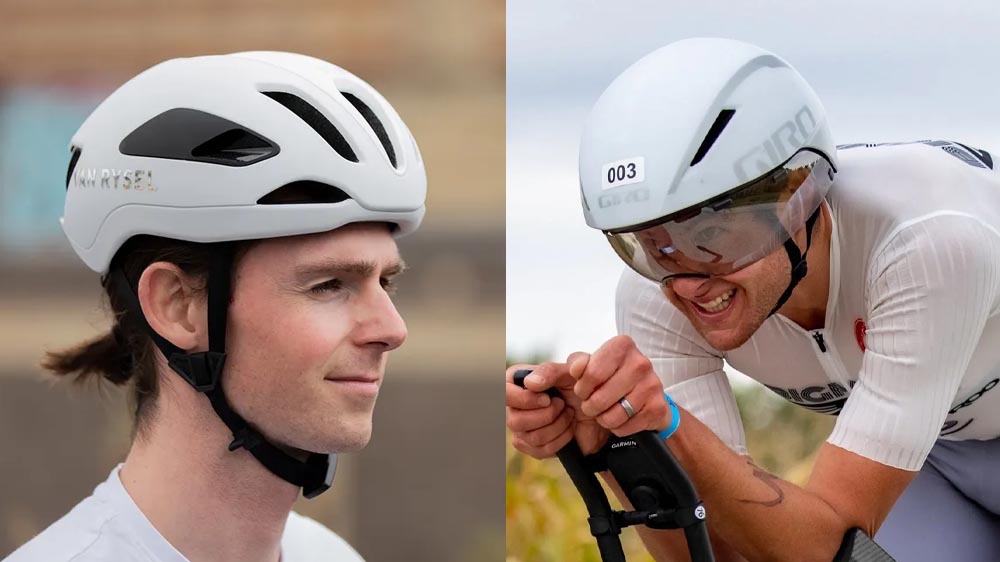
1. Entry-Level & All-Rounder Helmets
These are excellent choices for beginners, casual riders, or commuters. Entry-level road bike helmets are typically more affordable but still meet essential safety standards.
They may not be the lightest or most aerodynamic, but they offer reliable protection and decent airflow. Look for models with adjustable fit systems and multiple ventilation ports.
2. Aerodynamic (Aero) Helmets
Aero helmets are engineered for maximum speed and performance. They feature a more streamlined, often more enclosed shape with fewer vents to minimize air resistance (drag).
These helmets are ideal for racers, time trialists, or triathletes seeking to maximize their speed. A trade-off is that they might offer less ventilation, making them better suited for cooler climates or short, high-intensity efforts.
Step 2: Prioritize Safety Certifications – A Non-Negotiable Requirement
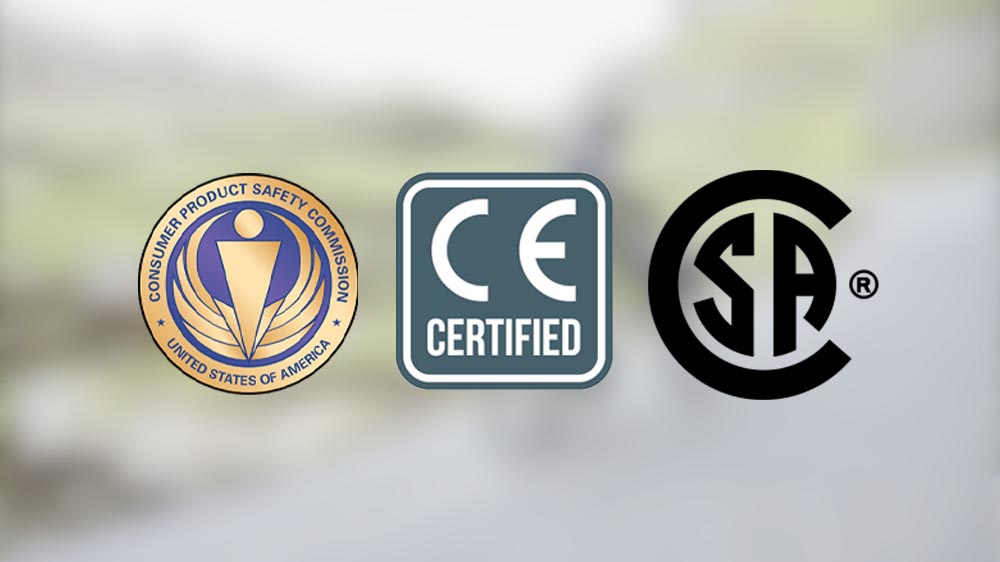
Before considering any other feature, it is absolutely essential to ensure your chosen bicycle helmet meets recognized international safety standards.
These certifications confirm that the helmet has undergone rigorous testing to guarantee adequate impact protection.
- CPSC (Consumer Product Safety Commission): This is the mandatory safety standard for all bicycle helmets sold in the United States. If a helmet is marketed there, it must carry CPSC certification.
- EN 1078: This is the primary European standard for bicycle helmets. Helmets sold within Europe are required to meet this certification.
- Other Regional Standards: While CPSC and EN 1078 are globally significant, some regions may have additional specific certifications (e.g., CSA for Canada). Always verify the relevant certifications for your local region.
Always look for a clear sticker or marking inside the helmet confirming one of these valid safety certifications. Never purchase a cycling helmet without this vital assurance.
Step 3: Key Features to Look For

1. Lightweight Build & Materials
On longer rides or steep climbs with a road bike, a lighter helmet can reduce strain on your neck. Many road helmets are built with in-mold construction using a polycarbonate shell and EPS foam. High-end models may even include carbon for extra lightness and strength.
2. Aerodynamic Design
A streamlined shape helps cut through the wind and increases efficiency. Even non-racers can benefit from reduced drag on daily commutes or endurance rides. Look for helmets with smooth contours and integrated vents.
3. Ventilation
Ventilation is vital in warm climates or during long rides with a road bike. Multiple well-placed vents let air flow through, keeping you cool and dry. If you often ride in hot or humid weather, prioritise helmets with excellent airflow.
Step 4: Achieving the Perfect Fit – Crucial for Comfort and Protection
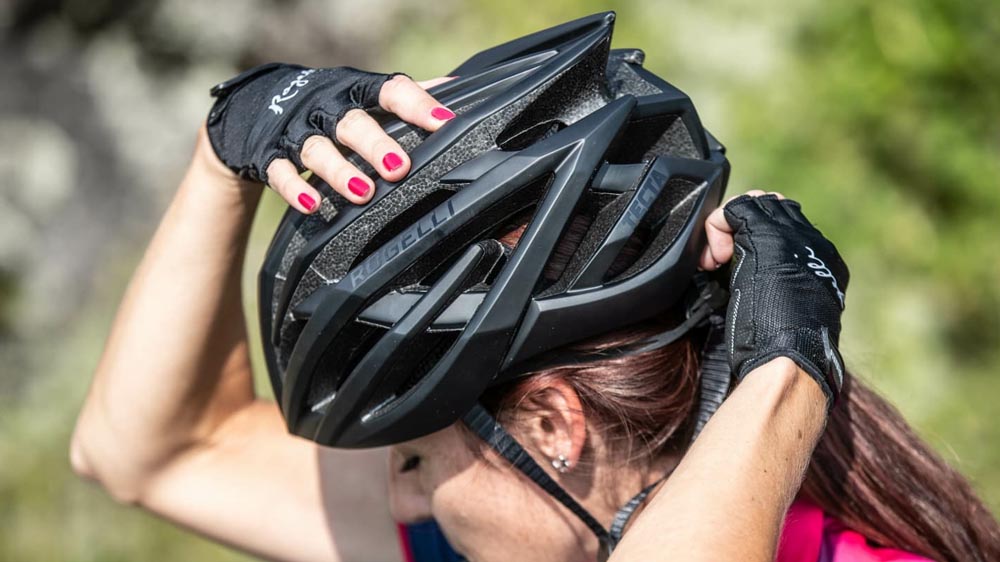
Even the most advanced or expensive helmet is ineffective if it doesn’t fit correctly. A proper fit is paramount for both comfort during your ride and, more importantly, for the helmet to effectively absorb impact in the event of a fall.
How to Accurately Measure Your Head:
Before trying on road bike helmets, measure your head circumference. This provides an excellent starting point for sizing.
- Use a flexible tape measure: Wrap it around your head, positioning it just above your eyebrows and ears, at the widest point.
- Note the measurement: Most helmet sizes are provided in centimeters (cm).
- Consult the brand’s size chart: Helmet sizing can vary between manufacturers. Always refer to the specific brand’s size chart, as a “medium” from one brand might differ from another.
Signs of a Good vs. Bad Helmet Fit:
Once you have your size, it’s time to try helmets on.
Signs of a Good Fit:
- Snug, but not tight: The helmet should feel secure and evenly distributed around your head without any uncomfortable pressure points.
- Level on your head: It should sit horizontally, not tilted too far back or forward. The front edge should rest approximately one to two finger-widths above your eyebrows.
- No excessive movement: When you gently shake your head (up and down, side to side), the helmet should not shift significantly.
- Secure retention system: The internal retention system (a dial or strap mechanism at the back) should comfortably cinch around your head, securing the helmet without causing discomfort.
Signs of a Bad Fit:
- Gaps: Any noticeable gaps between the internal padding and your head.
- Rocking: If the helmet rocks excessively from side to side or front to back.
- Pressure points: Any uncomfortable tightness, pinching, or rubbing.
- Too loose: If it slides around easily, even after tightening the retention system.
Testing Before Purchase:
If possible, always try on road bike helmets in person at a reputable bicycle shop. This allows you to directly assess the fit and comfort. If purchasing online is necessary:
- Read detailed reviews: Look for feedback from other cyclists, particularly those with similar head shapes (e.g., round vs. oval) or preferences, as this can significantly impact fit.
- Check return policies: Ensure the retailer has a clear and straightforward return policy in case the fit isn’t ideal.
Pro Tips for Choosing the Best Road Bike Helmet
1. Match the Helmet to Your Riding Style
- Commuting & Casual: Look for comfort, visibility, and ventilation.
- Endurance Riding: Lightweight and highly ventilated helmets offer better comfort.
- Racing: Aero helmets or performance helmets give an edge in speed.
2. Check Compatibility
- Sunglasses: Some helmets come with dedicated slots to hold sunglasses.
- Lights or Cameras: Look for mounting options if you plan to attach accessories.
3. Pick a Style You Like
You’re more likely to wear a helmet that you feel confident in. Choose colours or styles that you enjoy, because the best helmet is the one you wear every time.
Invest in Your Ride, Invest in Your Safety
Your road bike helmet is more than just a safety device. It enhances your comfort, supports your performance, and gives peace of mind. With the right fit and features tailored to your riding style, it becomes an essential part of your journey.
Whether you’re riding through the city, training for an event, or exploring new roads, make sure you’re protected with a helmet that ticks every box. So, before your next ride, take a moment to make this smart choice. Your road bike – and your head – deserve it.
Read also:
- The Ultimate Guide to Choosing a Road Bike Frame
- Is a Road Bike an Effective Choice for Your Daily Ride?
Discover our latest activity on Instagram


